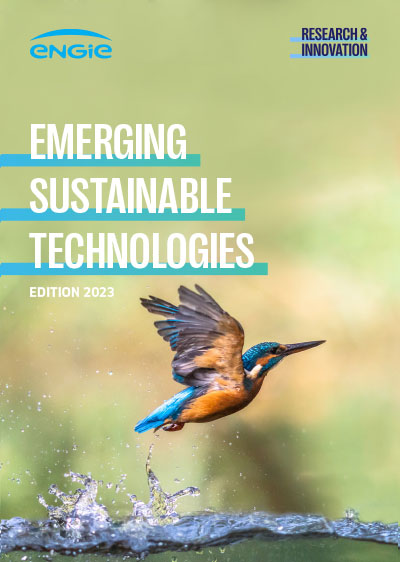


Using biomethane or e-methane will lead to a negative hydrogen carbonintensity making turquoise hydrogen a game-changer for the energy transition
Commonly named Turquoise hydrogen, methane pyrolysis is the conversion of natural gas into hydrogen and solid carbon. This set of emerging technologies allow hydrogen production while avoiding CO2 emissions. Carbon is stored in a solid form.
Methane pyrolysis could present an alternative way to produce low-carbon hydrogen, while benefiting from existing gas natural infrastructure and perpetuating its usage.
Using fossil natural gas, turquoise hydrogen performs significantly better than both grey and blue hydrogen, but less than wind electrolysis having almost negligible production emissions. Variability of carbon intensity for pyrolysis processes will depend a lot on up-stream emissions from natural gas supply chain and down-stream emissions from solid carbon valorisation.
Several technology families allow turquoise hydrogen production all based on the same challenge: how to control reactions at high temperature?
| Use of a plasma torch where methane pyrolyzes at 1000°C (cold plasma) - 2000°C (hot plasma). Cold plasma leads to conversions less that 50% without the presence of catalysts while hot plasma results in conversion over 90%. | |
| Uses mosten media reactors (salt and or metal) which enhances the heat transfer between the gas bubbled and the molten media. Operating temperature is around 1000°C. | |
| Methane breaks down into hydrogen and carbon over a carbon or metal catalyst (nickel- or ironbased) at a temperature between 650-1100°C. |